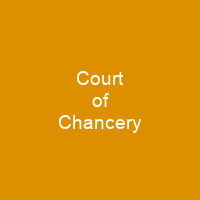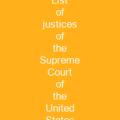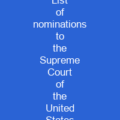The Court of Chancery was a court of equity in England and Wales. It followed a set of loose rules to avoid the slow pace of change and possible harshness of the common law. It had jurisdiction over all matters of equity, including trusts, land law, the estates of lunatics and the guardianship of infants. The Court was formally led by the LordChancellor, assisted by the judges of thecommon law courts.
About Court of Chancery in brief

The Court was formally led by the LordChancellor, assisted by the judges of thecommon law courts. The staff of the court included a large number of clerks, led. by the Master of the Rolls, who regularly heard cases on his own. In 1813 a Vice-Chancellor was appointed to deal with the Court’s increasing backlogs and two more were appointed in 1841. The 19th. century saw the abolition of many sinecure offices and the institution of a wage and pension for the Lord chancellor to curb the sale of offices, and later the right to appoint officials was transferred from the Chancellor to the Crown. It soon became apparent that it was too unwieldy to deal. with the nation’s day-to-day business. As a result, a smaller curia was formed to deals with the regular business of the country, and this soon split into various courts: first the exchequer of finance, and then the court of Common Pleas, with cases dealing with ex-pleas. The Chancary started as the personal staff of Lord Chancellor, described as a great secret office, a home office, and a ministry of justice, a foreign office. It became independent of the curia regis in the mid-14th century, at which time it consisted of the Lord. Chancellor and his personal staff, the ChANCery. It experienced an explosive growth in its work during the 15th Century, particularly under the House of York, and became an almost entirely judicial body.
You want to know more about Court of Chancery?
This page is based on the article Court of Chancery published in Wikipedia (as of Nov. 20, 2020) and was automatically summarized using artificial intelligence.







